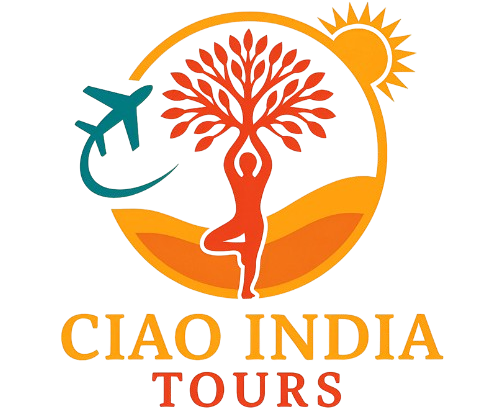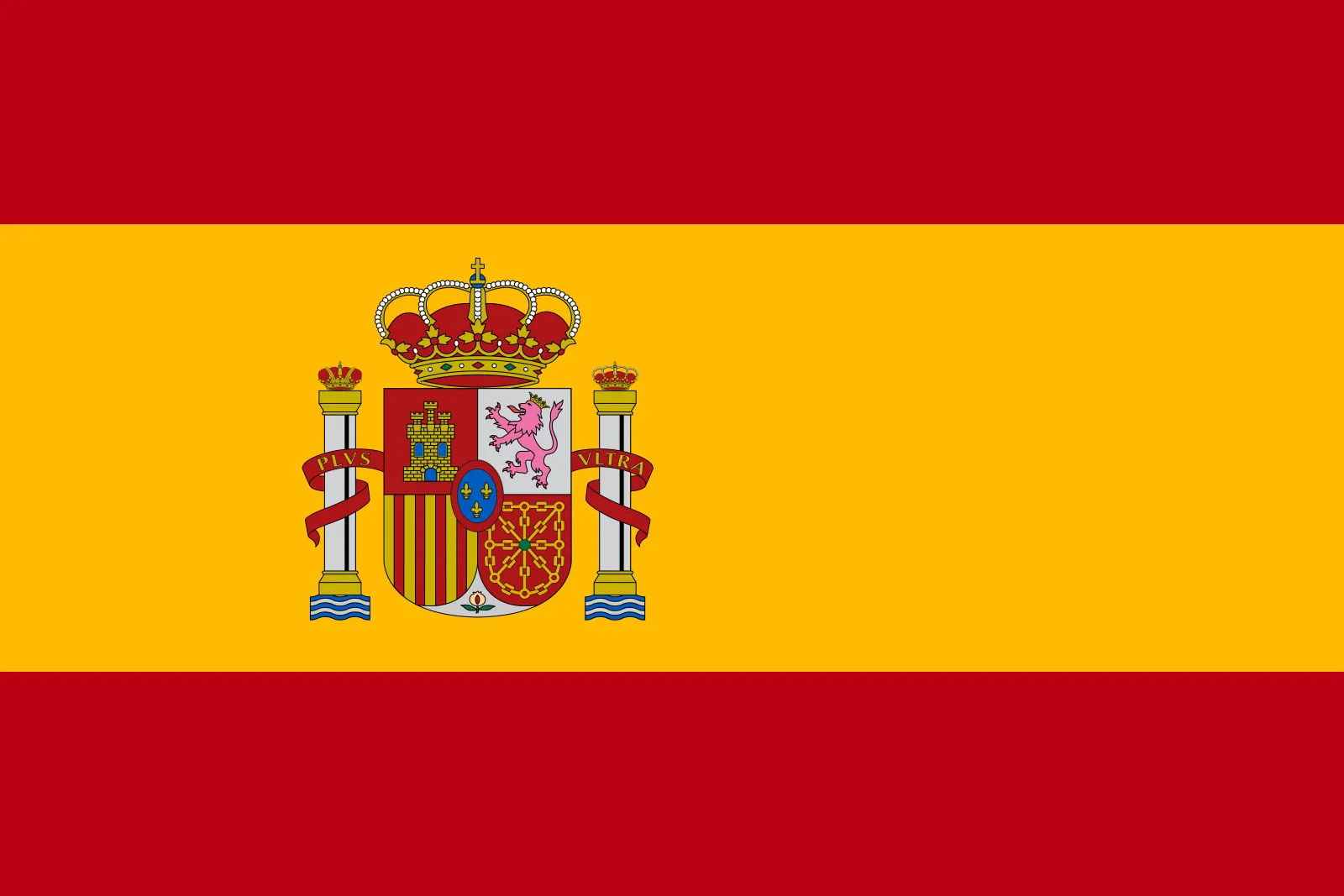CHM To PDF Converter is a program that allows you to easily and fast convert CHM (Compiled Help Files) files to PDF format. CHM To PDF Converter is a program that can turn help files into Portable Document Format. The user interface of the application is quiat easy to use. You can generate a PDF project by specifying the CHM path and output destination (the “drag and drop” method is not supported).
- Auto crack injector – no user action required
- CHM To PDF Converter Professional Crack + Activator [Final] (x32-x64) Final Tested
- Keygen program generating serials for various software editions
- CHM To PDF Converter Professional Crack + Product Key [Lifetime] x64 Lifetime 2025
- Product key finder with multi-OS compatibility
- CHM To PDF Converter Professional Portable + Keygen Lifetime [Lifetime] 2025
- Product key tool for OEM and enterprise editions
- CHM To PDF Converter Professional Crack + Keygen 100% Worked Clean Ultimate
- Free serial number database updated regularly
- CHM To PDF Converter Professional Portable only [Latest] [x86-x64] 100% Worked Verified FREE






